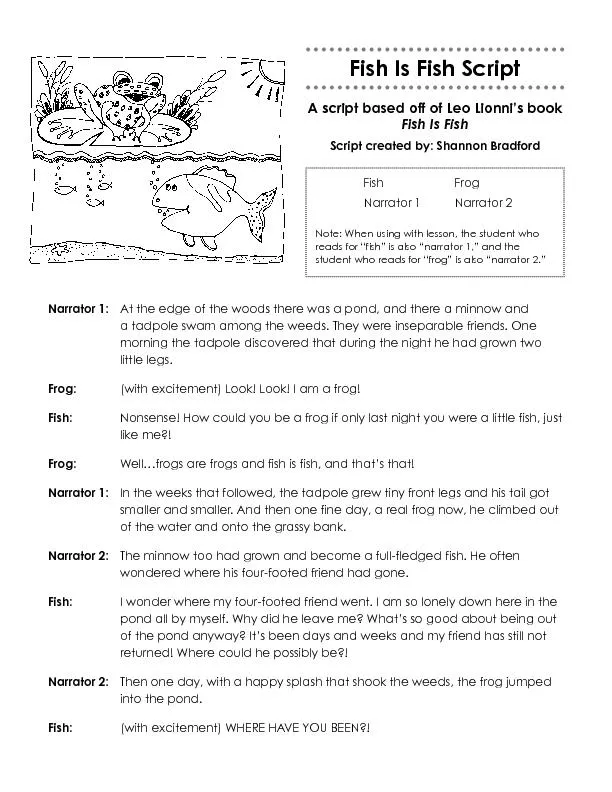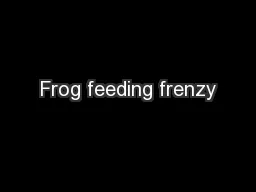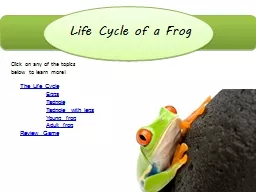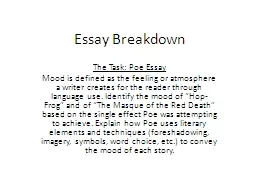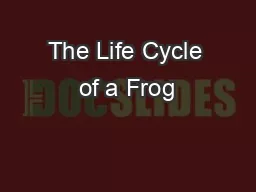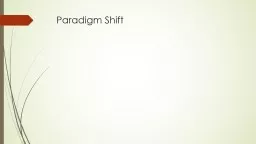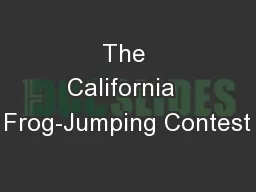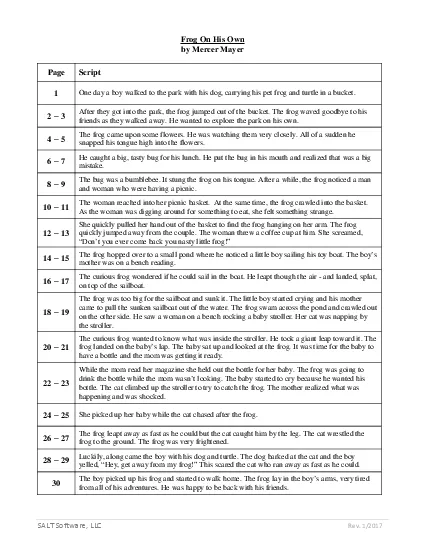PPT-Welcome to the Frog Environmental
Author : jane-oiler | Published Date : 2019-11-24
Welcome to the Frog Environmental New IGP BMP Requirements 2015 Seminar 800 E Ocean Blvd Suite 105 Long Beach CA 90802 310 241 0866 wwwFrogenvcom 1 New IGP
Presentation Embed Code
Download Presentation
Download Presentation The PPT/PDF document "Welcome to the Frog Environmental" is the property of its rightful owner. Permission is granted to download and print the materials on this website for personal, non-commercial use only, and to display it on your personal computer provided you do not modify the materials and that you retain all copyright notices contained in the materials. By downloading content from our website, you accept the terms of this agreement.
Welcome to the Frog Environmental: Transcript
Download Rules Of Document
"Welcome to the Frog Environmental"The content belongs to its owner. You may download and print it for personal use, without modification, and keep all copyright notices. By downloading, you agree to these terms.
Related Documents


